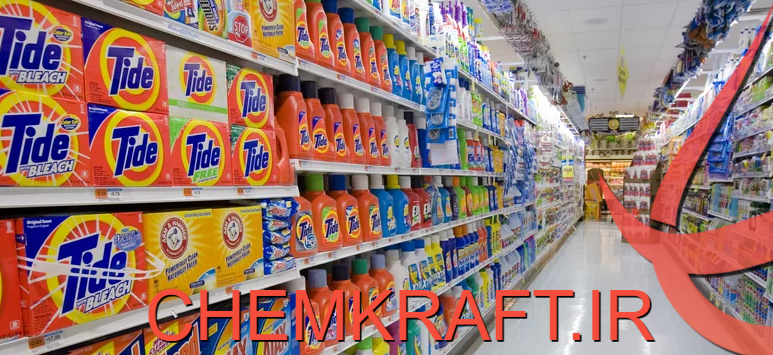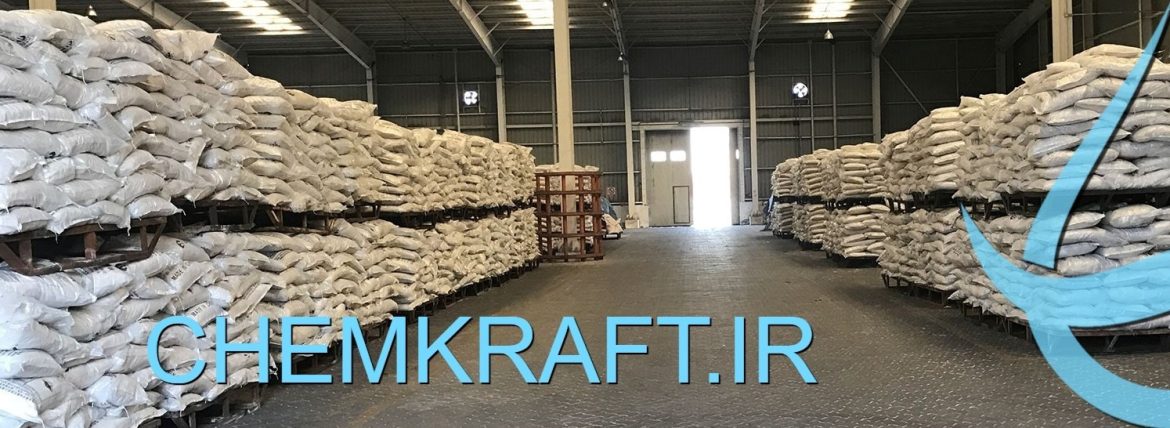1. Introduction and Its Importance in Soap Making
Saponification, the chemical process of converting fats and oils into soap, has been practiced for centuries and remains a fundamental technique in soap making. This article delves into the fascinating world of it, specifically exploring the role of caustic soda (sodium hydroxide) in the process. Understanding the chemistry behind it is crucial for soap makers, as it allows them to create high-quality soaps with desirable properties. By examining the chemical reaction, factors affecting its efficiency, safety considerations, different methods, and applications in various industries, we can gain a comprehensive understanding of how saponification with caustic soda works.









